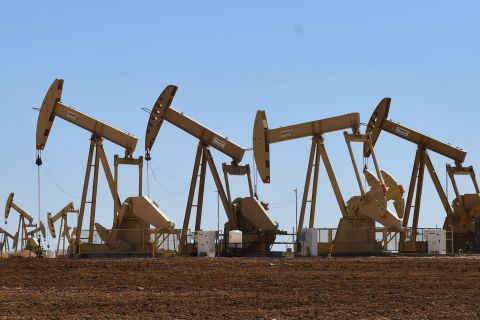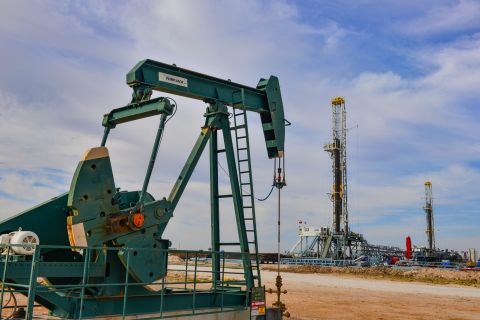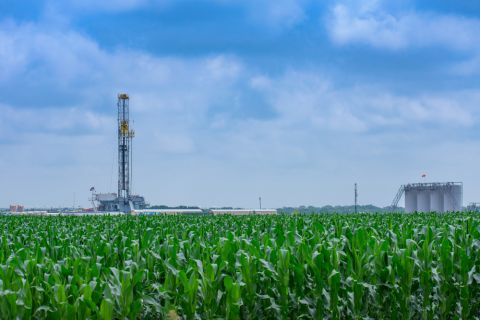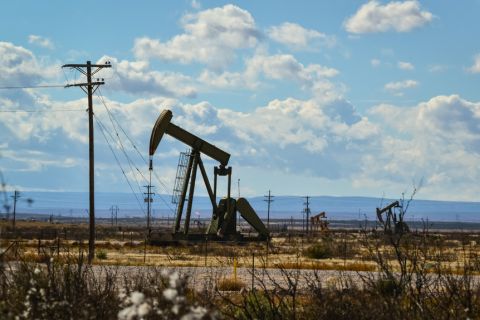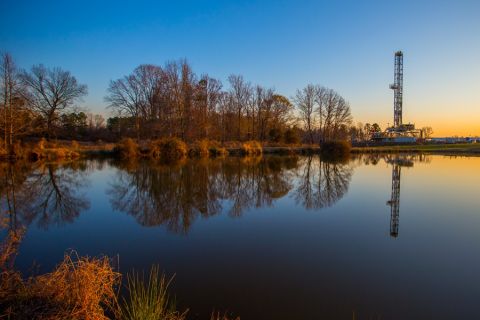During the past seven years, the emergence of numerous unconventional oil and gas plays has driven change and renewal in North America's energy sector. As a result, the energy industry stayed strong throughout the 2007-to-2008 financial crisis and its subsequent recession, even as other industries experienced worker layoffs and widespread unemployment.
In fact, every time upstream and midstream companies rushed to drill for oil and gas in new regions and moved new production to market, those areas began to see trending toward historically high employment rates and the influx of much-needed tax revenues. Those trends continue today.
Interestingly, the energy sector is undergoing further renewal as it reinvents itself once again, clearly driven toward extracting natural gas liquids (NGLs), condensate and oil from new unconventional plays and from older, established plays renewed with updated drilling and completion technologies. The valuable liquids are enabling upstream and midstream companies to continue to be productive despite current low residue-gas prices.
Meanwhile, the growing oil and gas supply from Canada to the north, the Marcellus and Utica plays to the northeast, the Barnett, Eagle Ford, Granite Wash and other unconventional plays to the south and new and rejuvenated plays in the Rocky Mountains to the west, the U.S. finds itself virtually surrounded by new and reinvigorated energy developments.
As a result, the completion of massive, cross-country transmission pipelines, such as the Rockies Express, the Ruby Pipeline, the impending completion of the Keystone XL and the proposed Canadian pipeline to move gas to the coast for liquefied natural gas (LNG) exports, could mark the end of the era for new long-haul infrastructure construction.
Now, many operators of regional oil and gas developments are turning to localized transportation infrastructure such as localized gathering and transmission venues to move energy to nearby markets. From trucks to pipeline-on-wheels-unit trains, and from LNG ships to oil tankers, energy infrastructure is getting a much needed multi-billion dollar facelift, and the endgame is in sight, although still some time ahead.
Yet, to get it right, intense coordination will be required. Upstream executives are planning their portfolio mix to stay ahead of commodity prices and are working with midstream builders and operators to put the right infrastructure in the right place at the right time-including flow reversals on existing infrastructure to optimize current systems.
Elsewhere, new processing and fractionation equipment is needed and can be coordinated with existing facilities to avoid overbuilding capacity. New underground gas storage is required as the current facilities reach capacity and new above-ground storage will be required for NGLs.
In the downstream sector, natural gas exporters and petrochemical companies are working together to determine how much of the burgeoning new gas supply will go to each sector to keep both industries optimized with abundant and inexpensive feedstock. They're also collaborating on how those volumes can be moved to and from those facilities.
For now, in all energy sectors, the transformations from dry gas to liquids, and from long-haul transmission to regional transportation, bring opportunities to attract and train a new generation of energy workers, to implement high-efficiency equipment and zero-accident safety procedures and to bring the U.S. closer to energy security.
According to top-tier energy executives and economists, once all energy flows are confidently forecast and infrastructure is built to accommodate those flows, oil and gas price differentials should narrow and commodity volatility should be reduced-at least until the next tsunami of energy technology and innovation is created.
Recommended Reading
Life on the Edge: Surge of Activity Ignites the Northern Midland Basin
2024-04-03 - Once a company with low outside expectations, Surge Energy is now a premier private producer in one of the world’s top shale plays.
Mighty Midland Still Beckons Dealmakers
2024-04-05 - The Midland Basin is the center of U.S. oil drilling activity. But only those with the biggest balance sheets can afford to buy in the basin's core, following a historic consolidation trend.
Enverus: 1Q Upstream Deals Hit $51B, but Consolidation is Slowing
2024-04-23 - Oil and gas dealmaking continued at a high clip in the first quarter, especially in the Permian Basin. But a thinning list of potential takeout targets, and an invigorated Federal Trade Commission, are chilling the red-hot M&A market.
Novo II Reloads, Aims for Delaware Deals After $1.5B Exit Last Year
2024-04-24 - After Novo I sold its Delaware Basin position for $1.5 billion last year, Novo Oil & Gas II is reloading with EnCap backing and aiming for more Delaware deals.
Mesa III Reloads in Haynesville with Mineral, Royalty Acquisition
2024-04-03 - After Mesa II sold its Haynesville Shale portfolio to Franco-Nevada for $125 million late last year, Mesa Royalties III is jumping back into Louisiana and East Texas, as well as the Permian Basin.

